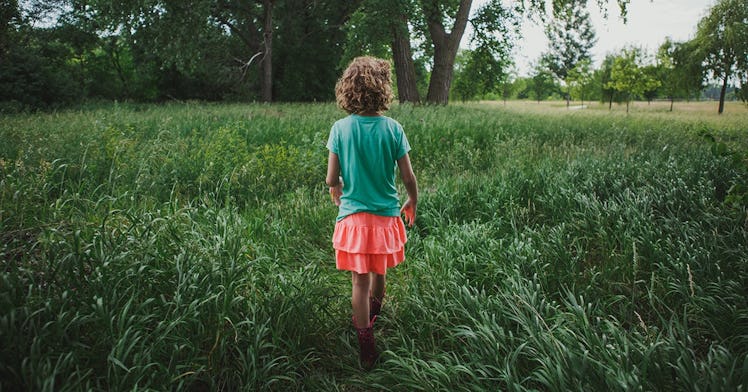Living Near Green Space May Promote Child Development, Study Says
Living in greener areas slightly boosted early childhood development in a new study.

For many people, public parks have been a lifeline during the pandemic, providing safe, outdoor space to gather with friends and family. But according to a new study, having greenery nearby is also correlated with longer-term impacts on families — specifically, a small boost to early childhood development.
Researchers studied more than 27,000 kids in Vancouver to see how living in greener areas might affect development. They compared the percentage of greenery nearby a child’s home to their Early Development Instrument (EDI) score, an assessment done by kindergarten teachers to score children on five measures: (1) physical health and wellbeing; (2) social competence; (3) emotional maturity; (4) language and cognitive development; and (5) communication skills and general knowledge. The results were published this month in The Lancet Planetary Health.
Kids living in greener areas were slightly more likely to have a higher EDI score compared to kids living in less-green areas. The EDI has a scale of 0-50, and for every 10% increase in nearby vegetation, the researchers found a 0.16 increase in average EDI score when accounting for other variables.
The researchers suggest that exposure to pollutants such as nitrogen oxide, PM2.5 (tiny airborne particles), and noise in less green areas could account for some of that effect. Areas with greenery were less likely to have higher levels of those three pollutants, so the researchers estimated that some of the greenery’s effect on EDI scores came indirectly through reductions in pollutants. However, they can’t confirm whether or not the greenery reduced the pollutants or whether there just happened to be fewer pollutants in greener areas.
Additionally, the researchers didn’t separate out different types of greenery; they only measured how much vegetation showed up in satellite images. So it’s possible that living near a park, for example, could have a different effect on child development compared to living in a forested area or on a tree-lined street.
The study lines up with recent research on how children can benefit from nature. Spending time outside and in green spaces has been linked to fewer behavioral issues, better mental health, and reduced stress. In addition, pollution is associated with childhood health issues such as asthma.
Despite the benefits of parks and green spaces in cities, not everyone has the same access to them. A 2020 report from the Trust for Public Land found that parks in poorer neighborhoods were about 25% the size of parks in wealthier neighborhoods. They also found that parks in majority non-white areas were about 52% the size of parks in majority-white areas.